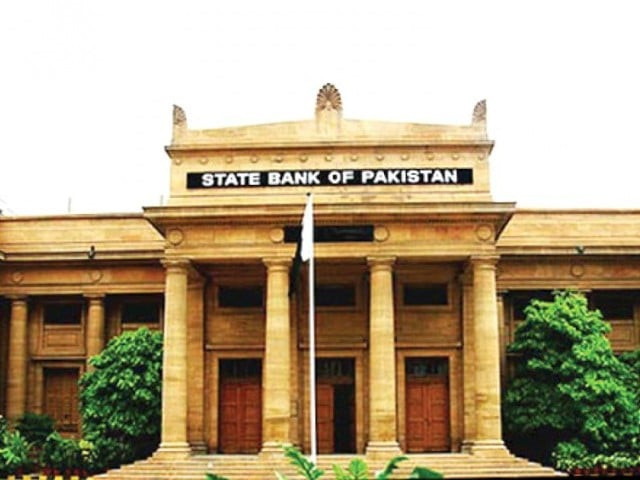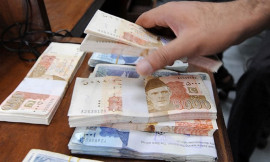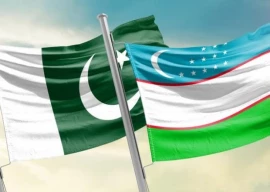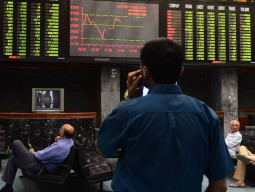
According to the World Bank, around 2 billion people don’t use formal financial services and more than 50% of adults in poorest households are unbanked.
Financial inclusion is a key socioeconomic challenge and one that is of interest to international financial institutions, central banks, governments and policymakers alike. This is evident from the fact that the World Bank has set a goal to achieve universal financial inclusion by 2020.
Moreover, another step taken towards inclusive finance is the signing of The Maya Declaration by almost 90 developing countries who have pledged to work together to provide proven and innovative policy solutions to make financial services accessible for a vast majority of population which remains unbanked.
Read: The World Bank’s message
Financial inclusion is pivotal for poverty alleviation. Research has shown that the population’s access to financial services also increases their chance for savings and can have large long-term benefits.
The idea of “commitment savings”, which restricts individuals from withdrawing funds unless they have reached a particular level, results in increasing productive investment and consumption, raises productivity and incomes, and increases expenditures on preventive health. It can also hugely benefit in empowering women.
In light of the importance given to financial inclusion and its proven benefits in poverty reduction, Pakistan has also taken several steps in this regard.

Under the leadership of the State Bank of Pakistan, creation of a regulatory framework for microfinance banks, establishment of a specialised microfinance Credit Information Bureau, launch of nationwide financial literacy programme and subsidised lending schemes are some of the initiatives.
However, Pakistan still lags far behind the goal of achieving financial inclusion and performs poorly in comparison to the region.
Measuring financial inclusion
A comprehensive global database on financial inclusion has been built by the World Bank, which contains numerous indicators to measure it for the years 2011 and 2014. I have divided these variables into three broad categories – access, usage and barriers.
Access to financial services presents the possibility of individuals to use them, usage assesses individuals employing these services in their lives and barriers provide information about the obstacles that individuals face in the way of using these services.
In terms of measuring access, the ratio of Automated Teller Machines (ATMs) per 100,000 people is used. The number appears to be quite dismal, standing at 4.7 for 2011 and has only slightly improved to 5.4 in 2014.
There are a number of variables which have been used, primarily having an account at a financial institution and any form of borrowings and savings accumulated in the past year.
Pakistan has an abysmal percentage of those having an account at a financial institution at 8.7% in 2014. This average stands at 45.5% for South Asia. This is clearly indicative of the state of financial inclusion in the country.

This number when further analysed in terms of gender usage as well as usage bifurcated into different income groups tells a further depressing story.
Whereas the percentage of males being 15 years or older having an account at a financial institution stands at 14.2%, for females this number is a meagre 3%. This clearly shows the low level of usage of financial services of the Pakistani populace.
Read: World Bank, Pakistan sign $500m credit to support growth
Moreover, the wedge between the richest 60% of the population and the poorest 40% using financial services indicates the overall poor level of financial inclusion in the country.
Other variables used to measure the usage of financial services give a similar picture. Average borrowing from a financial institution is almost negligible at 1.5% whereas the South Asian average stands at 6.4% for 2014. Similarly, savings at a financial institution stands at a mere 3.3% for 2014 relative to the South Asian average of 12.7%.
Lastly, barriers to financial access measured through the strength of legal rights have deteriorated, which shows significant obstacles to achieving financial inclusion for all.
Significant challenges exist for financial inclusion in the country. A poor economic climate, which has only recently seen slight recovery, is a key factor.
Besides this, a challenging business climate due to energy shortages and poor security situation, rapidly rising government debt crowding out private credit and growing informality in the economy are some of the causes behind low levels of financial inclusion in the country.
The government needs to take serious steps towards achieving universal access to financial services to lift the country out of poverty and promote long-term economic development.
The writer is an economist and ex-central banker
Published in The Express Tribune, August 17th, 2015.
Like Business on Facebook, follow @TribuneBiz on Twitter to stay informed and join in the conversation.


















COMMENTS
Comments are moderated and generally will be posted if they are on-topic and not abusive.
For more information, please see our Comments FAQ